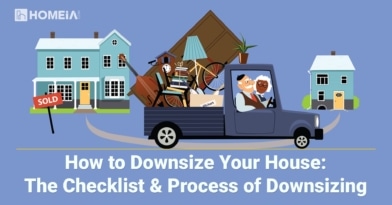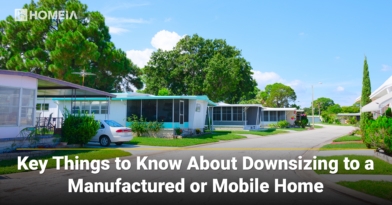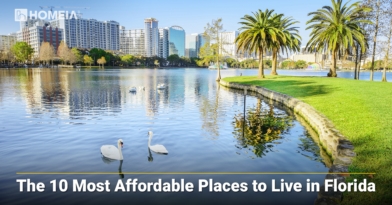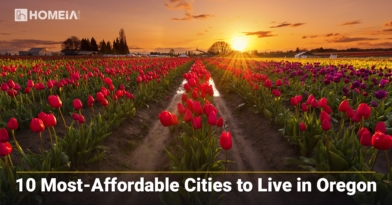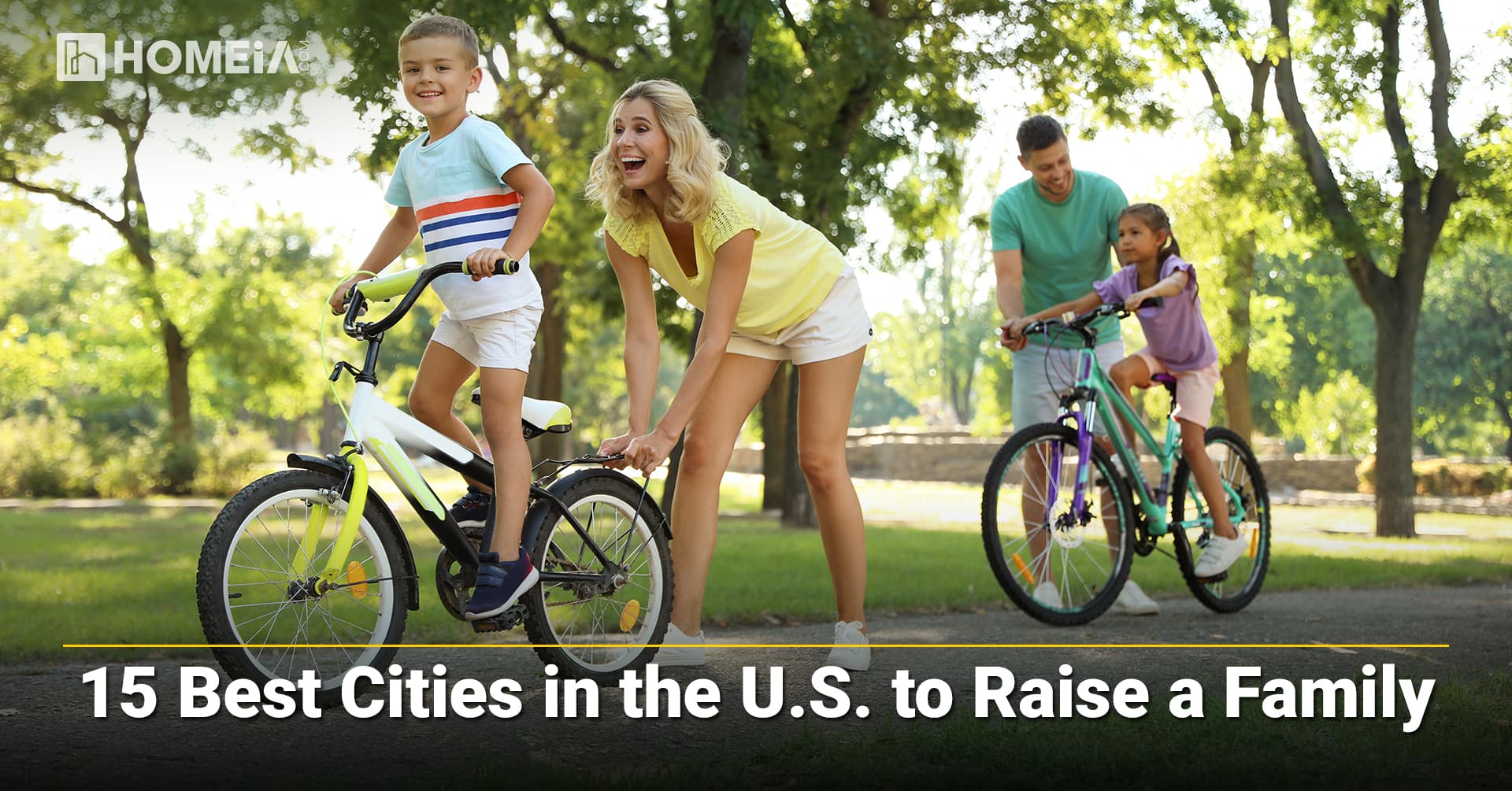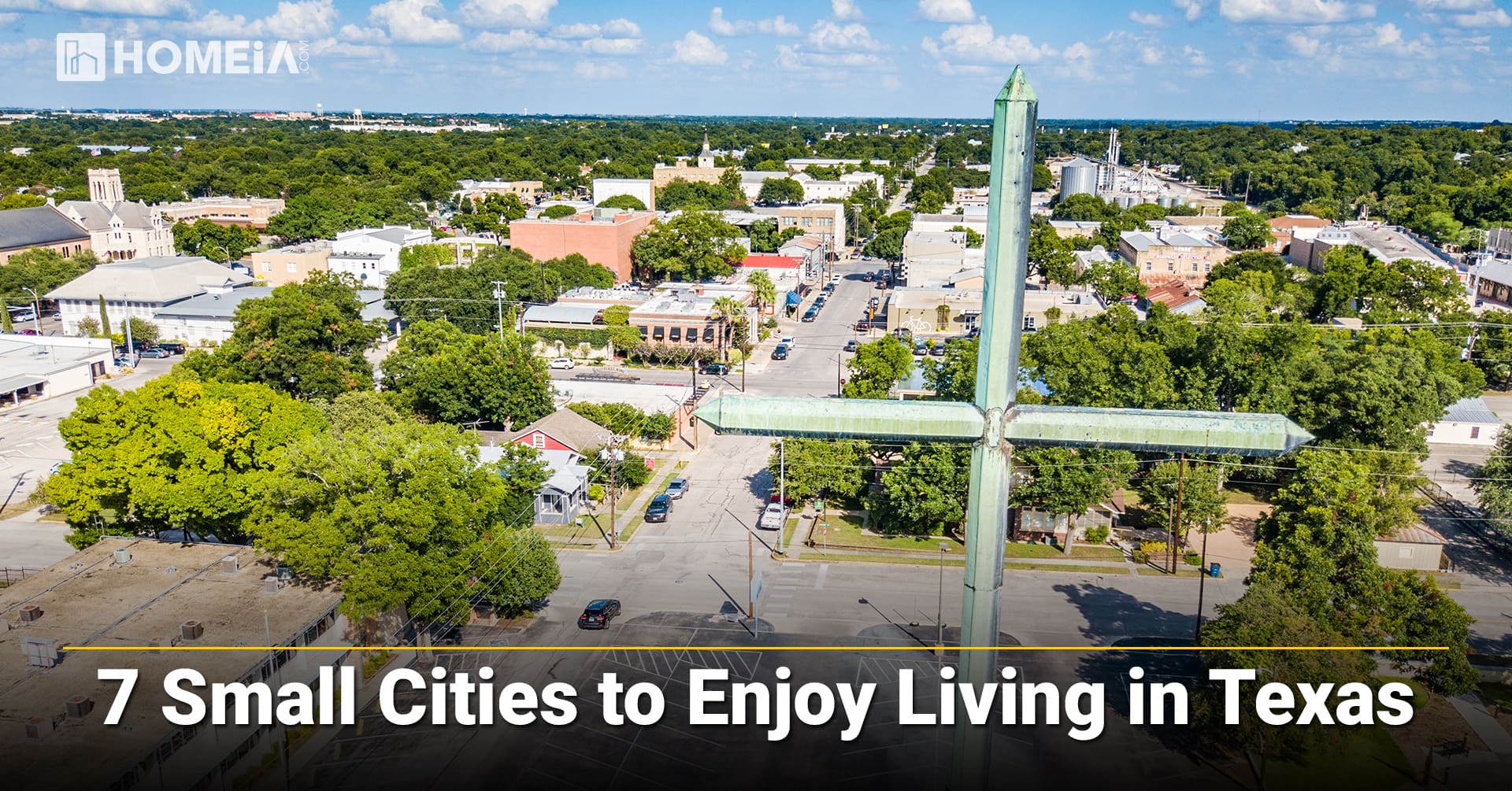Downsizing: The Growing Trend from Big to Small Cities
- Author:by The HOMEiA Team
- Category: City Living Guide

Populations in the U.S. are shifting. Large metropolitan areas are experiencing steady and often significant outflow of residents. What is driving this “Great Urban Exodus,” and where is everyone moving?
Table of Contents:
- A. Economic Considerations: The Cost of Living in Metropolises
One of the primary reasons people are leaving big cities is the cost of living. From crazy rent prices to the high cost of basic amenities, living in cities like New York, Los Angeles and San Francisco has become increasingly unaffordable. As remote work becomes more prevalent, many are questioning the value of paying a premium to live in these urban centers. - B. Seeking a Better Quality of Life
Beyond economic factors, there’s a growing desire for a better quality of life. Big cities, with their noise, pollution and often cramped living conditions, can be stressful. Many are now seeking the tranquility, space and cleaner air that smaller cities and suburbs offer. The promise of a backyard, proximity to nature and a slower pace of life is drawing many away from the big urban hustle. - C. The Rise of Remote Work: Breaking the Geographic Shackles
The COVID-19 pandemic accelerated a trend that was already in motion: the rise of remote work. While many companies are pushing for a return to work, overall, companies are adopting flexible work policies, which allow many employees to no longer be tethered to a specific location. This newfound freedom has inspired individuals to choose where they live based on personal preferences rather than job locations. How to Downsize Your House: The Checklist & Process of Downsizing
Downsizing is almost a staple of aging and the American Dream. The home that was perfect years ago for your growing family, with everybody’s stuff and everybody’s friends over all the time; it just doesn’t make sense anymore. Downsizing might result in a lower mortgage payment or a more favorable investment portfolio…
- D. Infrastructure and Overcrowding: The Urban Strain
Big cities have long grappled with issues of overcrowding and aging infrastructure. From congested roads to strained public transportation systems, the urban experience is often frustrating and inconvenient. In turn, many residents are opting for smaller cities where infrastructure challenges are less impactful. - E. Safety Concerns: The Quest for Secure Environments
Safety and security are paramount. Some of the country’s largest cities have seen a rise in crime rates, leading to concerns about personal safety. While it’s essential to note that not all urban areas are unsafe, the perception of increased risk is driving some to seek refuge in perceived safer locales. - F. Educational Opportunities: Thinking of the Next Generation
For families, education is often a top priority. The search for better educational opportunities, from schools with higher ratings to areas with innovative educational programs, is leading many families to relocate. Smaller cities often offer a more diverse range of educational options, from charter schools to specialized programs, attracting families in search of the best for their children. - G. The Environmental Pull: Green Spaces and Sustainability
As awareness about environmental issues grows, many are seeking to live in areas that prioritize sustainability and offer green spaces. Big cities often lack the greenery and open spaces that individuals crave. The desire for a sustainable lifestyle is pulling many toward smaller cities. Recommended for you
I. Top 10 Reasons Everyone Is Going Small

1. A Peaceful Environment: Away from the constant noise and distractions of metropolitan areas, small cities offer serene atmospheres that many find calming. Less noise, less-crowded streets, and the gentle pace of life can make living in small cities seem like anything but city living.
2. Close-Knit Communities: Small cities often have a strong sense of community. Neighbors know each other and kindness is passed along. This close-knit environment makes it easier to form lasting relationships.
3. Lower Cost of Living: Generally, small cities have a lower cost of living compared to major metropolises. Housing, groceries, everyday essentials and all the extras tend to be more affordable in small cities. This affordability makes it possible for residents of small cities to spend their money on travel, hobbies or whatever else inspires them.
4. Rich Cultural Heritage: Many small cities celebrate their historic pasts through landmarks, museums and festivals that celebrate their unique identity. Small city residents take pride in their local traditions, and there’s always something new to learn about and explore.
5. Less Traffic and Pollution: Commuting! One of the greatest benefits of residing in a smaller city is the significant reduction in traffic congestion. Not only does this mean shorter commute times, but it also means less noise and cleaner air. All of this contributes to a healthier living environment.
6. Personalized Services: In smaller cities, business is personal. From local cafés where the barista knows your regular order to family-owned stores that go the extra mile to meet your needs, the personal touches that small cities enable make everyday experiences more enjoyable.
Selling your Deceased Parents’ Home? Best Approach to Maintain Good Sibling Relationships
In this article, we detail a few major points to help you and your family move forward. We will look at the legal rights, potential conflicts between family members, making improvements or selling “as is,” preparing to sell, and moving on. Besides, you will know the time that you have to sell a house after someone dies…
7. Safety and Security: With fewer people and a close-knit community, small cities tend to have lower crime rates. Residents can feel more secure walking the streets or playing in the park, day and night.
8. Access to Nature: Many small cities are located close to natural attractions. With access to mountains, lakes and parks, residents can enjoy outdoor activities that support physical health and mental well-being year-round.
9. Unique Local Businesses: Local businesses can thrive in small cities. From artisanal bakeries to handcrafted goods, small cities are often home to unique local businesses that offer products, services and shopping experiences you won’t find anywhere else.
10. Space and Privacy: Lastly, small cities often offer more space for homes and gardens. Residents can enjoy larger properties at a fraction of the cost they would incur in a big city. This additional space provides more privacy and the freedom to create personalized living spaces.
In summary, while big cities have their own set of advantages, the charm of living in a small city is undeniable. The combination of a peaceful environment, close-knit communities and myriad other benefits make small cities a preferred choice for many. Whether you’re looking for a change of pace, a safer environment for your family or simply a place where you can connect more deeply with your community and surroundings, a small city might just be the perfect place for you. Check out the House & Land Packages in Perth, WA for more options.
Recommended for you
II. The 10 Best Small US Cities to Move to That You’ve Probably Never Heard Of
If you are thinking of leaving the urban life, but still crave access to the best that cities have to offer, we’ve put together a list of 10 small cities you should consider.
1. Sandpoint, Idaho
Overlooking the vast Lake Pend Oreille, Sandpoint is a nature lover’s dream. Beyond its natural beauty, the town provides a quieter, yet active lifestyle. Skiing at Schweitzer Mountain, boating and shopping local farmers markets offer urban escapees a balance of recreation and simplicity.
2. Bozeman, Montana
Surrounded by mountains. An entry to Yellowstone National Park. A hub for innovation with Montana State University. For those seeking a mix of nature and academia, Bozeman offers research opportunities, tech startups and outdoor adventures, making it an enticing alternative to big city living.
3. Beaufort, South Carolina
In Beaufort, you’ll find coastal Southern charm with a hint of history. The waterfront parks, local seafood restaurants and artisan studios make Beaufort a serene place to live. If you are looking to swap skyscrapers for historical mansions, Beaufort offers a picturesque and tranquil environment worth considering.
Key Things to Know about Downsizing to a Manufactured or Mobile Home
Housing costs are a significant portion of everyone’s monthly budget, regardless of whether we own or rent. Downsizing to a manufactured home can lower day-to-day out-of-pocket living expenses. It can also provide a pool of cash for various purposes, such as financial investment, health care expenses, and home renovations…
4. Durango, Colorado
Durango is another small city that combines historical allure with modern comforts. The Durango & Silverton Narrow Gauge Railroad speaks to its rich history, while local craft breweries invite residents to experience a contemporary lifestyle. The Animas River makes for beautiful scenery. Durango is a town where history mixes with modernity and is perfect for those seeking a diverse living experience.
5. Galena, Illinois
A city that caters to history enthusiasts, Galena is committed to keeping its past alive. The city interweaves local artisan shops, golf courses and spa retreats with other urban amenities in a historic setting, making it an ideal location for those looking to balance relaxation and access.
6. Taos, New Mexico
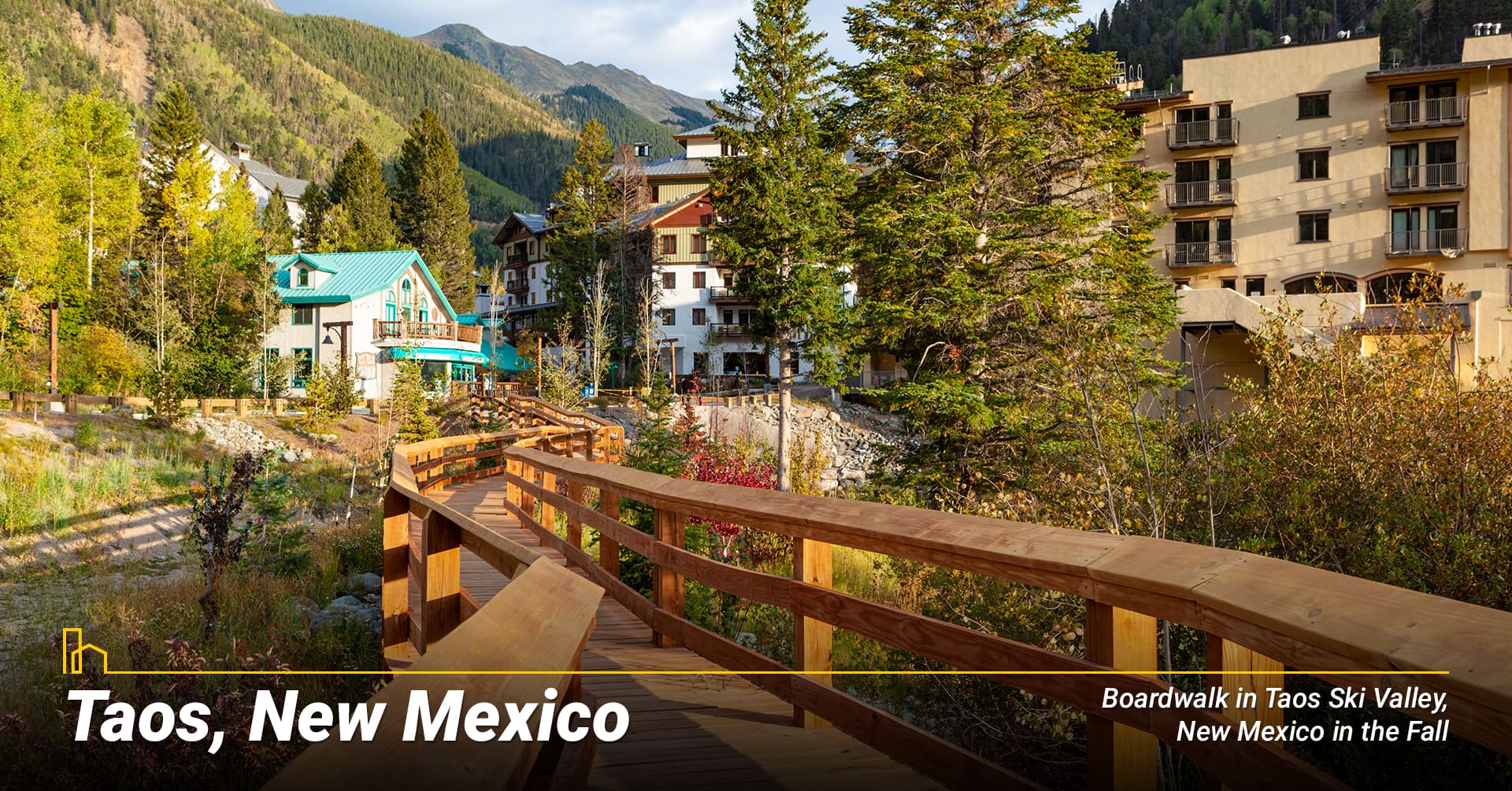
Known for its Pueblo-style architecture and arts scene, Taos is a cultural mosaic. The Taos Pueblo and local art festivals provide a deep cultural immersion. And did we mention skiing? For urbanites seeking a blend of history, art, outdoor adventure and a tight-knit community, Taos is a compelling choice.
7. Bar Harbor, Maine
Bar Harbor offers coastal beauty alongside outdoor adventures. Its proximity to Acadia National Park and its local seafood cuisine make it a unique destination. For those looking to exchange city lights for starry nights and ocean views, Bar Harbor is an idyllic escape.
10 Most Affordable Places to Live in Florida in 2024
With year-round warm weather and over 8,000 miles of coastline, it’s no wonder Florida is a prime vacation destination. Filled with wildlife, beaches, lakes, rivers, amusement parks, diverse entertainment options and much more, the population of Florida is growing with people that want to call Florida “home,” soak up the sun…
8. Eureka Springs, Arkansas
Nestled within the Ozark Mountains, Eureka Springs is a haven of Victorian architecture. Its winding streets and vibrant arts community make it a refreshing contrast to the hustle of urban life. For those seeking a slower pace without sacrificing cultural experiences, this town offers art festivals, historic tours and a sense of community often missed in larger cities.
9. Walla Walla, Washington
Renowned for its wineries, Walla Walla offers a historic downtown with gourmet restaurants and boutique shops. Providing urban amenities in a relaxed setting and a local arts scene with community events, Walla Walla invites you to experience cultural richness without the metropolitan crowds.
10. Staunton, Virginia
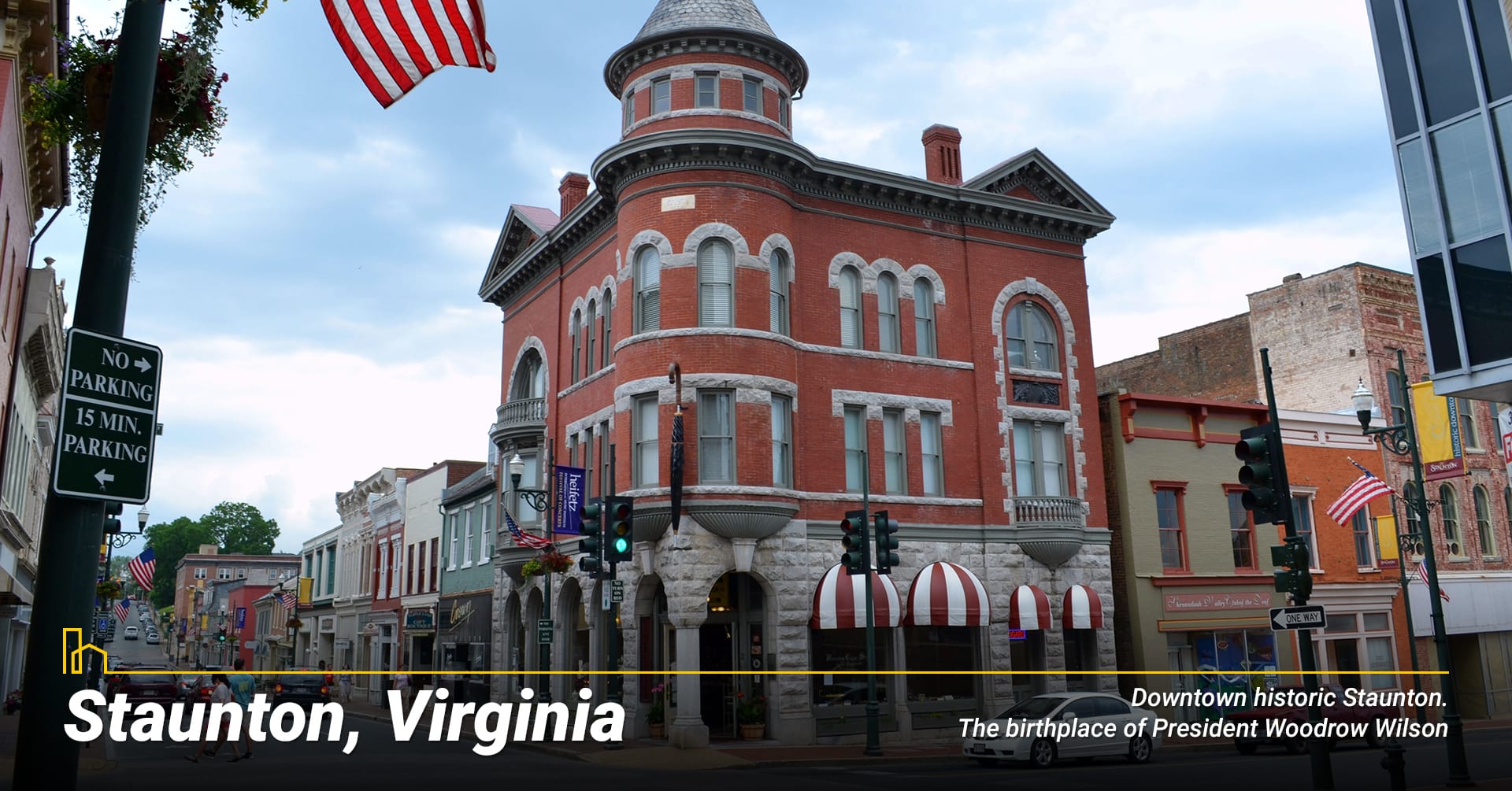
Staunton offers a blend of history and modern living. It is home to the American Shakespeare Center, among more current educational and cultural experiences. Its architecture and local festivals provide a sense of nostalgia, making it an ideal retreat from the urban rush.
Conclusion
Each of these small U.S. cities offers a unique blend of history, culture and natural beauty. Whether you’re seeking adventure, relaxation or a bit of both, these hidden gems provide an unparalleled living experience. As more people seek quieter, more serene environments, these cities are becoming increasingly popular for those looking to escape the hustle and bustle of larger urban areas.
10 Most Affordable Places to Live in Oregon
Geographically, Oregon boasts dramatic Pacific coastlines as well as volcanic mountain ranges. Its climate spans from rainforests along the coast to semi-arid conditions in the central and southeastern regions. The Beaver State is home to both Crater Lake, the deepest lake in the U.S., and Mount Hood, the second-most-climbed mountain in the world…
